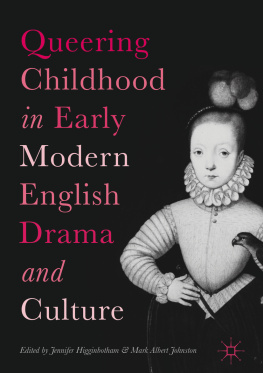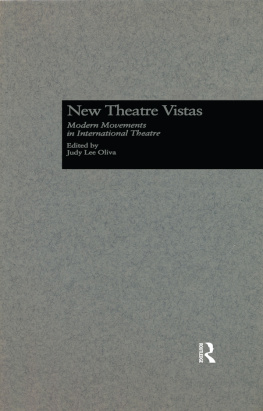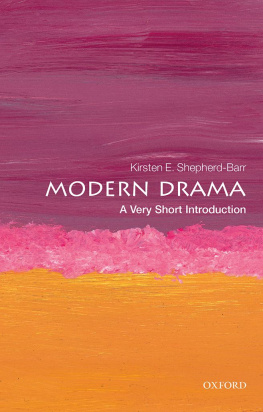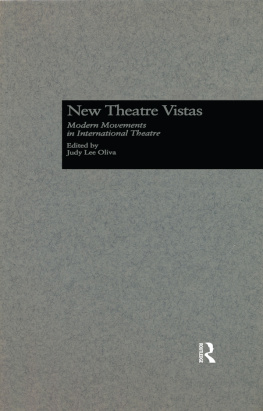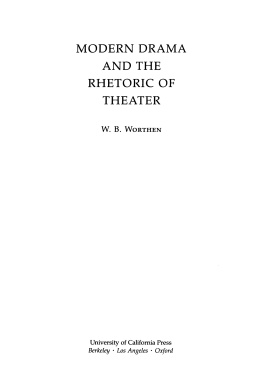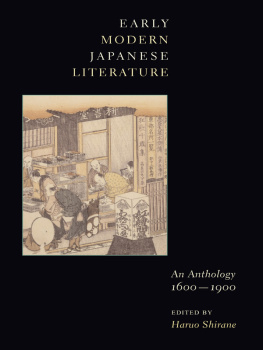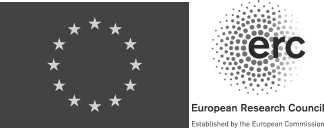Contents
Guide

Poetics and Politics

This book is published in cooperation with the project DramaNet, funded by the European Research Council

ISBN 978-3-11-053665-2
e-ISBN (PDF) 978-3-11-053669-0
e-ISBN (EPUB) 978-3-11-060352-1

This work is licensed under the Creative Commons Attribution-NonCommercial-NoDerivs 4.0 License. For details go to http://creativecommons.org/licenses/by-nc-nd/4.0/.
Library of Congress Cataloging in Publication Control Number: 2018017860
Bibliographic information published by the Deutsche Nationalbibliothek
The Deutsche Nationalbibliothek lists this publication in the Deutsche Nationalbibliografie; detailed bibliographic data are available on the Internet at http://dnb.dnb.de.
2018 Toni Bernhart, Jaa Drnovek, Sven Thorsten Kilian, Joachim Kpper, Jan Mosch, published by Walter de Gruyter GmbH, Berlin/Boston
Cover illustration: photodeedooo/iStock/Thinkstock
www.degruyter.com
Acknowledgements
This book is a collection of papers presented at an international conference at Freie Universitt Berlin on 2930 April 2015. Bringing together experts of early modern drama and music, the event was a wonderful example of transnational and interdisciplinary collaboration in the academy. We would like to thank everybody who participated for the insightful talks and stimulating discussions.
The conference was organized within the framework of a European Research Council Advanced Grant Project entitled Early Modern European Drama and the Cultural Net (DramaNet). We wish to extend our warmest thanks to our friends and colleagues in this project, whose friendly support and constructive feedback has informed our own research over the years. We would also like to register our grateful acknowledgement of the ERCs funding of outstanding research in the arts and humanities, without which neither the conference nor this volume would have been possible.
We owe a debt of gratitude to the project coordinators, Konstanze Ameer and Agnes Kloocke, whose dedication and organizational skills ensured that the creative process ran smoothly at all times. Furthermore, our thanks go to Orla Mulholland, who revised the following essays with a keen eye for detail and astute remarks, as well as to Ulrike Krau, Gabrielle Cornefert and the team at de Gruyter.
Introduction
Poetics and Politics: Net Structures and Agencies in Early Modern Drama
Without the textual and institutional models of the early modern period, the current landscape of European theater would look very different. Early modern theater, in turn, could not have prospered without the occurrence of those dynamic and productive processes that are frequently subsumed under the rubrics of influence, contamination, hybridization, or fertilization. Their effects can be detected in virtually every early modern genre: comedy and tragedy, Italian Renaissance and French Reformation plays, religious pieces and German popular drama, to name but a few pertinent examples. It is therefore not too bold a claim that no truly pan-European history of theater will be written until these phenomena have been widely studied and taken into account. But if the results of the intertextual constellations are evident, their mechanics have so far proved more elusive. A comprehensive theory ought to embrace indirect connections between texts, which the narrow concept of influence, oblivious to shifts and delays, fails to factor in. As a consequence, the revised narrative of the history of theater, even as it does justice to dramas remarkable scope in space and time, will have to allow for periods of stagnation that would undermine any linear account. What is more, since the circulation of forms and contents is often tied to the existence of specific practices and organizations, such as wandering actors companies, the movements need to be carefully described and conceptualized. In their failure to meet any or all of these demands, the familiar metaphors soon reach their heuristic and epistemological limits. The concept of exchange, for example, would seem to presuppose existing institutions on a lateral basis, whereas transfer implies a colonial relationship in the widest sense. Similarly, the economic or biological connotations of terms such as borrowing, debt, hybrid, virus, and rhizome are either infelicitous, because they imply illness and a pseudo-Darwinian struggle for life, or misleading, as the development of culture is not predetermined by a DNA blueprint.
It is with a view to these theoretical problems and conceptual challenges that the essays collected in this anthology examine early modern drama from a thoroughly comparative and transnational perspective. In doing so, they draw attention to cultural production as the creative interplay between people and pre-existing cultural artifacts, which are posited here as floating material without any ties to a specific group or territory. The guiding metaphor of the cultural net
The net metaphor theorizes culture as a virtual network; cultural artifacts are treated as mobile entities that float on the net, where they remain available at different times and places and can be freely withdrawn, i.e. re-used or creatively appropriated and adapted. The net is a virtual construct because it is an idealized representation of the myriads of contacts between human beings and non-autochthonous cultural artifacts. This, to be sure, does not efface the need for a hypothesis of how the material in question travels from one point to the next; however, emphasis is primarily placed on the net rather than its material substrate. In other words: whether cultural artifacts are encoded in books or brains, and whether these material containers travel by ship or stagecoach is, by and large, of less import than the fundamental mobility of the ideational contents themselves. These observations may already have established two other properties of the net: its re-configurability and its spatiotemporal dimension. It will be evident that the net widens its scope when people enter new places, but it can also be curbed, if only to a degree, by political decisions (isolationist policies, censorship, etc.) that hinder the flow of cultural material. Regarding the nets extension across space and time, two early modern examples may serve as cases in point: a bestseller such as Don Quixote was distributed across Europe in a matter of months or years; conversely, when the humanists went book hunting, they were searching for ancient texts that had survived for centuries in monastic libraries not least, of course, due to the mobility of the material and its extraction from the net by Arab scholars who had written translations and commentaries.
For a full appreciation of the issues raised above, we recommend that readers also consult the multifaceted publications that have, along with the present book, resulted from the DramaNet research project. The following introduction will focus on elucidating the principal tenet of the present volume, that is, that literature is produced in a nexus of power relations, agency, and the cultural net. It will also comment on the paradigmatic status that early modern drama (which appears, crucially, in a pre-national context) can achieve for the theorization of cultural production, before concluding with an outline of the essays in this anthology.



